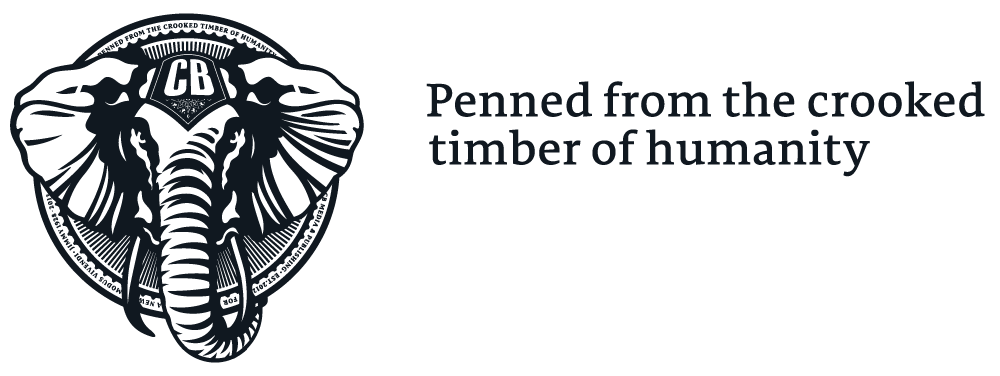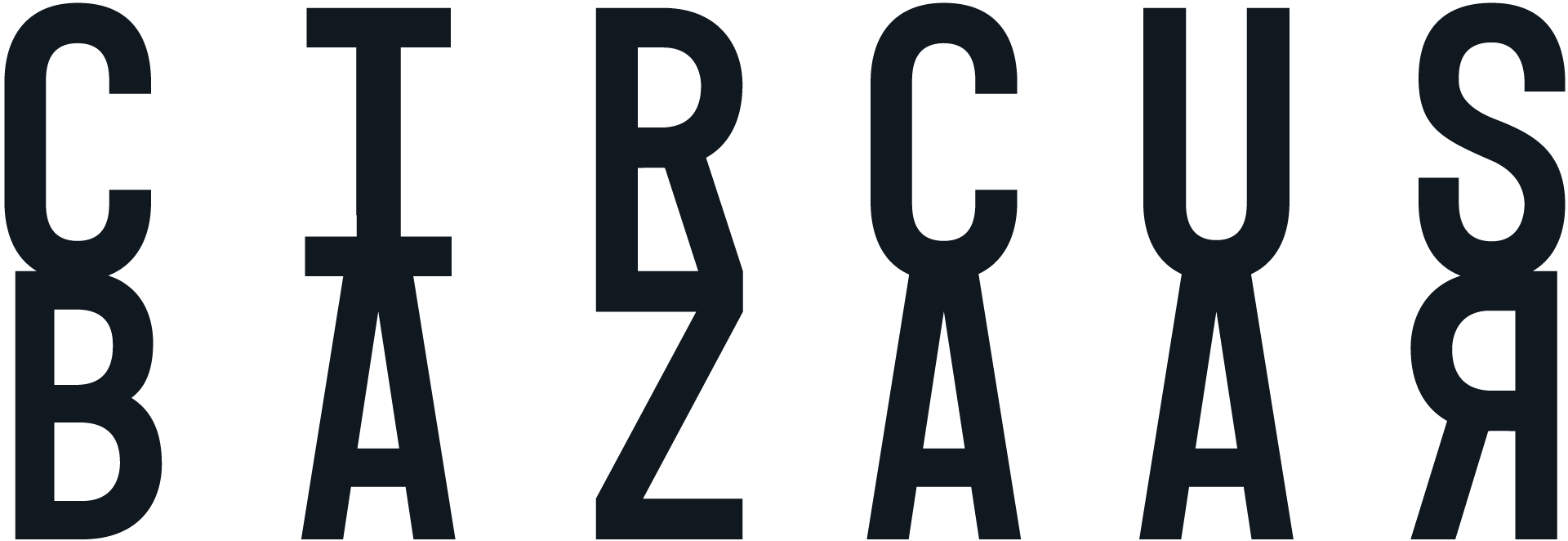10 years ago, on 28 April 2003, Apple released their game changing service iTunes Music Store. It has been growing ever since its release, reaching 7800 million downloads in 2012. The digital music store has been blamed and praised for the changes the music industry has gone through over the last decade.
“Apple will probably find a way to own it all. But that’s the thing with pirates; they don’t ban the pirates because they make money selling computers for people to go pirating on. We are owned by Apple now, aren’t we?” asks music journalist and musician John Robb. It was in 2001 that the first iPod was released and made the music consumers able to store their music catalogue on a portable device instead of carrying folders of CDs with their Discman. Releasing iTunes Music Store in 2003 gave the iPod users the first legal way to download music, but label owner Paul Gallagher still blames Apple and their iPod for piracy.
“Internet has killed music and I blame Apple with their mass store devices. Kids were wondering where they could fill their iPods with music and peer to peer networks emerged,” says Gallagher.
Apple iRadio and Radical FM
With 24 million iPods sold since 2001 and with iTunes as the market leader for digital sales, it has also been rumoured that Apple has developed a streaming service ready for release. The press has written about Apple making deals with Universal Music Group and Warner Music Group, needing only Sony Music Entertainment on board for Apple to get their streaming service iRadio packed with music. Thomas McAlevey, creator of the personalised new streaming and radio service Radical FM, believes Apple will wait a bit longer before releasing their streaming candidate.
“iTunes is diminishing and they are working on a Pandora type streaming service, but they will wait to release it so it won’t eat into their downloads right away,” explains McAlevey who is also the man behind radio stations like Bandit Rock and Tomsradio.com, the forerunner to Spotify and Pandora.
“If there’s anyone in the world who doesn’t know it yet, let me make it perfectly clear: Streaming music is the future,” says McAlevey who doesn’t think Apple’s iRadio will be a threat to Radical FM, which their website claims is: “programmed by hand by human beings.”

“Spotify and Pandora are essentially huge music databases hooked onto a search engine, and that is easy to copy and I think Apple can do that very well. The good personalised radios are harder to copy, so we feel less threatened because of that,” says McAlevey. Radical FM is a combination of Spotify’s playlist function and Pandora’s radio and will be add free and receiving income from donations. They recently closed the beta test they were running in Sweden, the birthplace of Spotify and Pirate Bay, at the end of last year. Being surrounded by such innovative businesses surprisingly gave them some challenges. “It was considered a bit too popular. It got quite a lot of attention right away and it scared the labels. The labels thought we were much bigger than we were and feared that we would cut into Spotify too much, so the labels restricted us,” explains McAlevey.

Discovering music
Digital music and streaming services are here to stay. What seems to be the next step in the industry is to provide guidance through all this access towards the right music for each individual. Radical FM has several functions in their service to help you discover music. Not only is it a personalised station for your taste, but you can also listen to your friends’ stream, or anyone who shares their playlist with you, in real time. “Radcast will let you listen to your friends’ stream and then chat together. You can’t control your friends’ stream, but you can add songs you like to your own playlists,” explains McAlevey. He and his team are also encouraging indie artists to create a radio station to broadcast their music through TALK. “TALK will let you speak to your listeners in-between songs, so we are giving everyone a radio station,” he says.
The creators of Spotify have also understood the future that lies in music discovery and intelligent music players. They announced at their 2012 press event that a tab named Spotify Discover will be launched in 2013. This will tap into what you are listening to and recommend music you might also like. At the same event Daniel Ek, founder of Spotify, claimed that we prefer to take musical advice from people with similar taste. Based on that, Spotify will allow you to follow users, and their playlists will show up on your Discover stream. This means that you yourself will get Spotify followers, writing and sharing music to their Discover stream. Thus Spotify moves towards social media, and will share similarities with Twitter.
At the same time Twitter will be incorporating a music app. Their app, Twitter Music, will recommend songs to the user based on whom they are following, and also make the songs available through streaming on Soundcloud, which is a site musicians upload music onto.
“Certainly Spotify is not the finished article. There must be something better coming along. I think it’s quite limited. If I think of an obscure one hit wonder from 1981, which got to 37 in the charts, it’s probably not there. It’s also missing big acts like Led Zeppelin and so on,” says Simon Price.
“I imagine it will be a continuation of streaming services. There is always something around the corner. Maybe something can come up from nowhere. Just like Facebook,” says John Robb.
Graveyard of dead formats
There are several apps available to aid you in your music discovery. Mixcloud has become a popular radio station where podcasts are being uploaded, letting the listener discover new music in that way. Sonarflow is an Apple app that scans your music library in either iTunes or Spotify and recommends music based on that. Or you could browse through Richseam’s catalogue of connections in the music industry, which maps collaborations between artists. Browsing through your favourite artists might lead you to new music. But if that is too much trouble you can get the ‘mico’ headset, which scans the brainwaves of the wearer and finds music suitable for his or her mood.

“Musical history is a graveyard of dead formats,” says Price. Minidisk, a-track cassettes and normal cassettes are all formats that have become obsolete. “Do you remember the play buttons? There was a format called play button and it was basically a button badge that you pinned to your clothing and it would contain an album on mp3 and a socket where you pugged your earphones into. And the idea is that you would have the artwork on the badge so you could proudly walk around and show the world what you were listening to,” says Price about another forgotten format in the graveyard. Now CDs are facing the same fate.
“CD was a horrible, unloved and unlovable format with its disgusting plastic cases that always broke, and the disc itself was supposed to be immortal but was very mortal indeed,” says Price.
“The music industry is basically hanging on by its fingernails selling CDs to people my age, and that is how it survives,” says Robb.
Free music
The development in consumer behaviour must be blamed on the labels themselves, claim Price and Gallagher. Since piracy entered the arena, the new generations have been developing an attitude towards music as a free product.
“If people today think that music is supposed to be free, it’s nobody’s fault but the music industry, because they overcharged for compact discs for too long. There was this one Oasis album that they charged 18 pounds for and when they released another album after the Internet boom, they charged 6 pounds,” says Price.

“It started with Napster. Record labels could not get their head around it, and the Americans started suing people and putting people in prison so it would not reach more people. Nobody buys music today because of that, but if the music industry had made a deal with Napster, you’d have a music industry today. You don’t have that because of kids thinking it’s for free. But it would not be like that if they had just dealt with it at the time,” says Gallagher.
The industry might have won against Napster, but new download services have popped up in great numbers since then. The Pirate Bay has, like Napster, been sent to court and the creators were sentenced to prison and a fine of more than 4.5 million pounds. The site is still running and downloading keeps happening.
Social to private, then back
Music consumption was always as a social act. Religious music, moving on to secular concerts and also slave music are obvious examples. People also listened to the radio and vinyls together. “Radical FM sees that music consumption has become more private. With classic radios you know that someone else is listening at the same time as you. That is why we are working on the TALK and the Radcasting to try to make it more social again,” says McAlevey.
Music consumption has steadily moved towards the private sphere, and when the Sony Walkman was introduced to the music listener in 1979, music was served directly into your ear. The development in streaming services is moving back on that scale, making the act of listening more social again. Facebook teamed up with Spotify in 2011, allowing your friends to see what you were listening to.
“It can possibly lead to people being inhibited to listen to certain things because they don’t want to look uncool. And that inhibits people from the freedom that should come with the Internet,” says Price.
“People always want to be cool and listen to the right music, but that’s stupid. The concept of guilty pleasures is ridiculous. It’s pathetic because music is a personal thing. But the Internet has made people scared of mob mentality picking on them,” says Robb
Eruptions of music
Sharing music on social media can also have positive outcomes. “It’s good when people are tweeting about music and recommend music because you get these eruptions of music happening that never really could have happened in musical culture otherwise. But that is how bands get big without playing the press game,” says Robb, who also believes the infinite access to music has broadened our taste in music.

“You can listen to 60 or 70 years of musical history on Spotify in your pocket on your headphones, which I think is great. Culture is fast forward now. It is too early to know what the Internet has done to us. In a 100 years we might see it and go ‘wooow’ that was insane what happened there,” says Robb.
The next ten years of musical history might just see a development in intelligent music players finding music for your taste. But will it be iRadio, Spotify, Pandora or Radical FM that will conquer the consumers and the music industry? Intelligent music players and means of discovering new music will surely continue to develop, offering free music to be consumed socially over the Internet.








